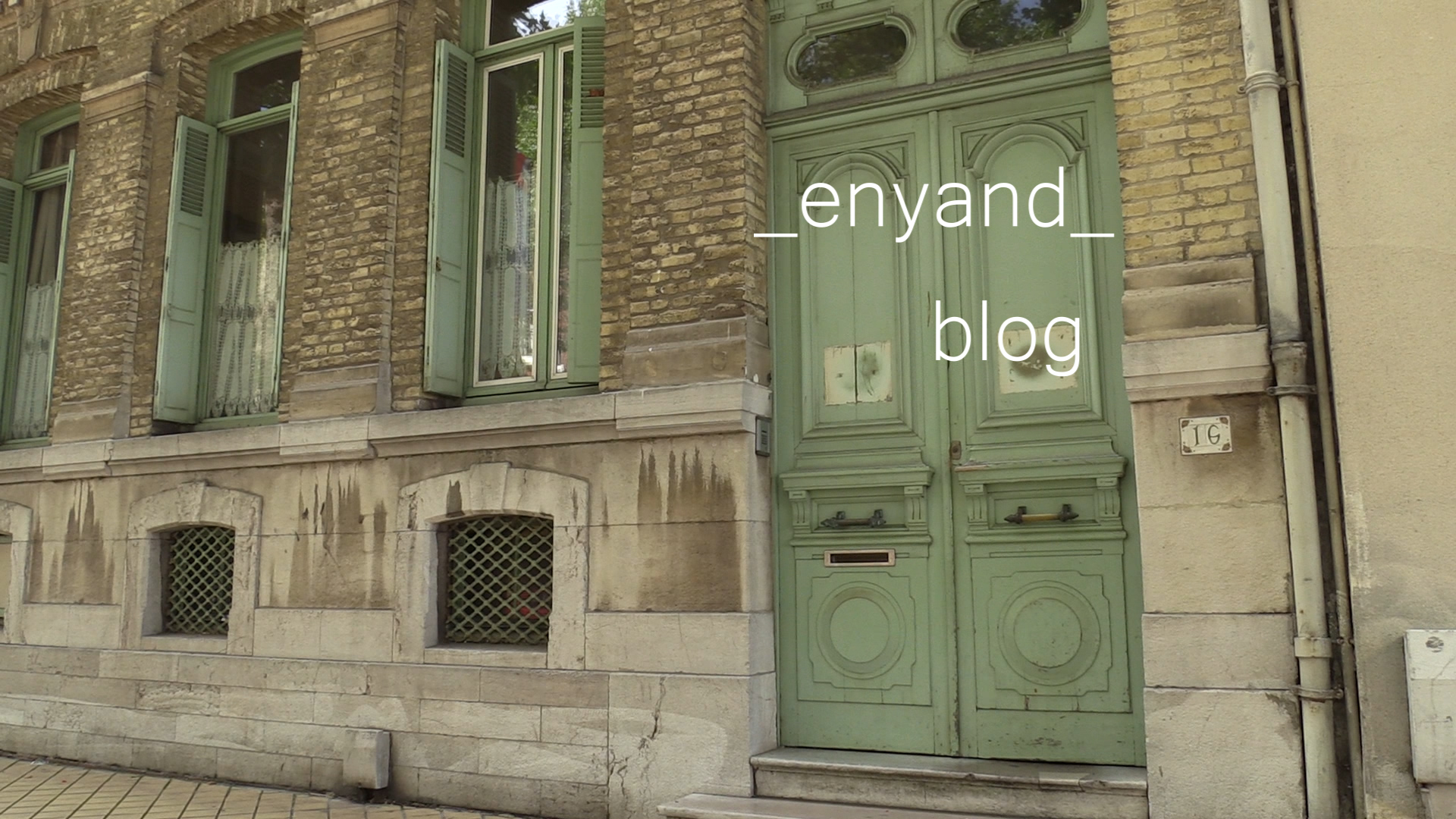Diary 1: Is it possible to implement proactive or reactive classroom management together in class? Or can’t you combine it?

"Hello, good morning Alex. How are you? How was the trip to school?" From the moment when you are standing for the first time in the door, waiting for the students to arrive, it is always a good start of the class. The students will be curious, laugh, be scared, close shut, enjoy, or walk fast to avoid saying something, wait or want to ask something to you. When students know, the next time they enter the classroom, the teacher is waiting for them to greet them. They will probably think about things to tell or they don't. They get used to a certain kind of structure so that they know what to expect. Because of this classroom management they feel safe and comfortable to open up, to develop and to gain more confidence.
This is an example of implementing a proactive classroom management, having some set rules and practical playful things to start with an open attitude and atmosphere.
In Holland I graduated as a choreographer and dancer. I had my own company and next to that I was teaching Cultural Arts dance class to young learners in a secondary school. As a choreographer I was using management in a more reactive way than in a proactive way. As a teacher of young learners I had to learn to implement more proactive than reactive management and that was really difficult because I love to act in the moment and see how creative I can be as well the young learners to solve things in the moment. Hereby i would like to share my findings and my thoughts.
As a choreographer I started with my dancers with a warm welcome and talking about their day. After that we started with a warmup of the body and the brain, ready for a resumen of the day before. I prepared a new scene or a new idea and we discussed this properly to understand each other and started working from out of there. They were happy, confident, evolved ideas and relationships, learned a lot and developed themselves. They felt respected and there was a supportive environment. According to the 5 levels of "functionality" that Maslow had created, each with their own requirements in order to achieve a desired result, in these classes /rehearsals all these functionalities were there and everybody was developing themselves, even more than expected. This reactive, with a tiny bit of proactive, classroom management in this kind of classes were the total opposite of what I experienced when I was teaching young learners.
When I was teaching young learners in Cultural Arts dance classes, in which theory was a big part of the class, I had to implement proactive classroom management. The students had never danced before, maybe 1 or 2 in each class, but you can imagine that this particular class was a challenge to teach. I had to make specific rules, for example in the beginning of the class, when they entered. The had to hand in their mobile, put their bags in the corner and wear clothes that were comfortable for dancing. Even though I was prepared for managing the class, because i had it all sorted out, It was difficult to avoid disruptions with the students.
To give an example: When the students had to dance they were touching and pushing each other. Also nobody wanted to stand in the first row. When I first saw this I was surprised because normally I am used to that dancers want to stand in the first row. Because of this happened in more classes I made up a trick. When they stood up and went on to the dancefloor I waited till they were ready and told them to step four big steps to the front. I love making jokes and telling them in this moment that they have to stop flirting with their boyfriends. When they arrived on their place I told them to lift their arms to the side and to see If they had their own space too move, what means, that they are not touching the neighbour. After that everyone was on their place, prepared, enthusiastic and curious what we were going to do, we could begin.
In this moment I was acting reactive but I learned to settle these rules in a playful way so that the students felt more relaxed and were not thinking to much about their placement anymore. Also everything went faster, I didn't had to think about what could happen, I knew the (funny) tricks of the students and when they were on their place, we could start in a relaxed way.
My conclusion is that every class needs the adaptation of their teacher but with respect and with a structure
that fits by the students. Never get rid of the spontaneously and the curiosity of the students and also from
yourself. When I will start teaching at a Tefl centre I will take this all with me and I will implement proactive
and reactive management. As I mentioned above I like to work with exercise in the form of movements. I
believe that using short moments with movements implementing as a classroom management in class helps to
relax the brain and to focus after that again. Also I am convinced that it is necessary for concentration in class
and to build up an open and honest relationship between students and learners. It will keep it funny, light and
helps connecting with other learners too.
Links:
https://www.youtube.com/watch?v=FVk3ACWn4Lc
https://tefltrainer.com/lessons/respect-in-the-classroom/
https://www.youtube.com/watch?v=W3fr4tm_mkE
